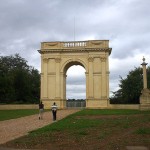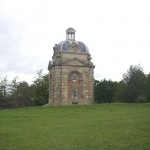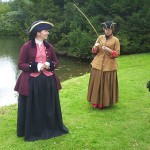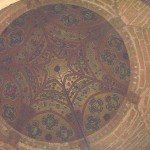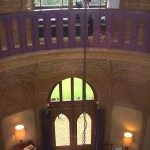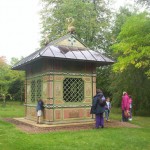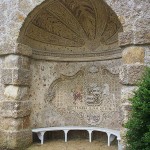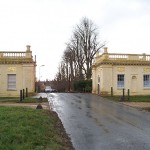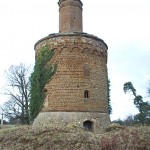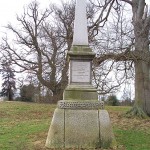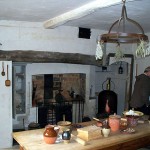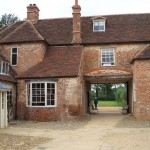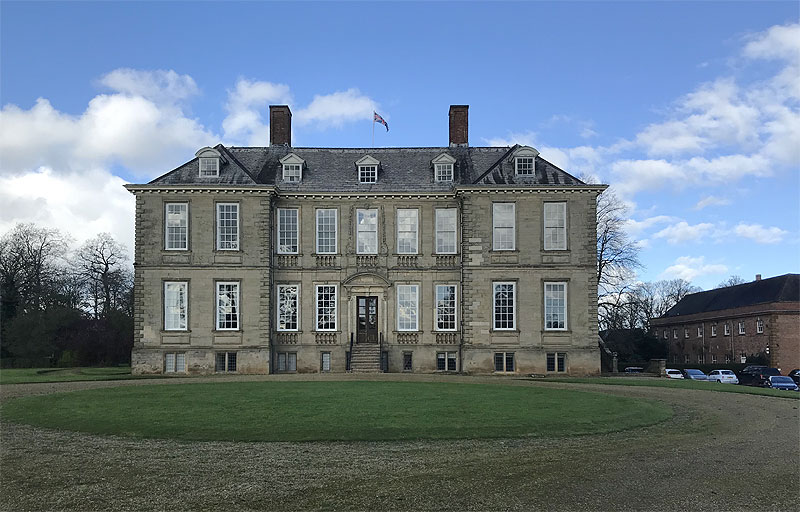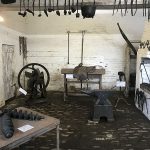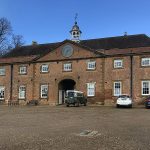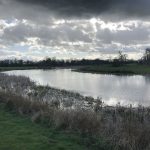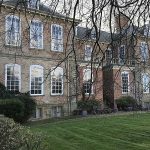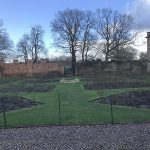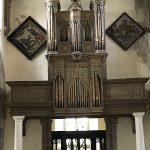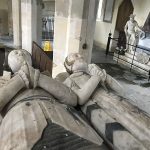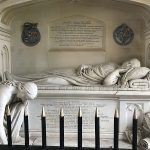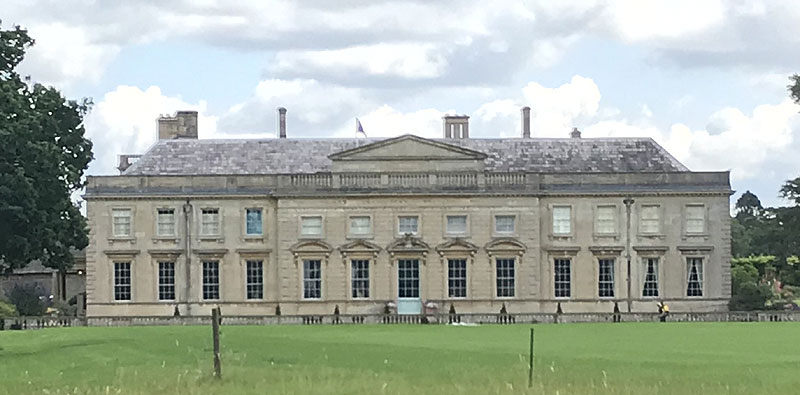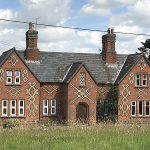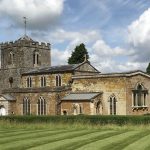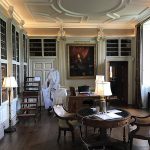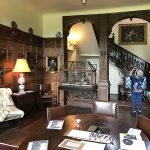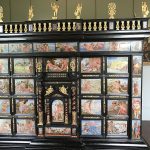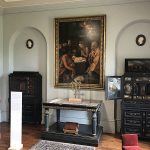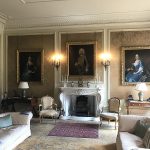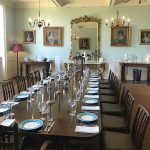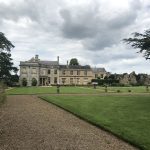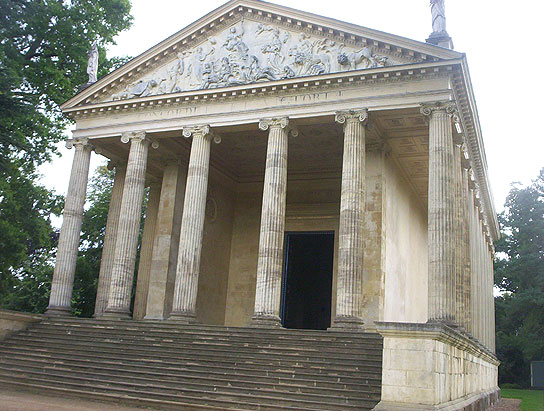
The National Trust acquired the gardens in 1990, and since then have restored over 40 temples and monuments in the Georgian gardens, said to be the most influential landscape gardens in Europe. There are lakes, trees and valleys, with a variety of walks and vistas occupying a wide area. Checking out all the monuments and visiting the furthest reaches of the park can take many hours.
I have visited the park on several occasions and usually find something fresh to enjoy each time. The Park part-surrounds Stowe School, so if you visit in term-time, don’t be surprised to encounter some of the jeunesse dorée at leisure.
Aug 2012 update: A new NT visitor reception (New Inn) opened early 2012 at the opposite end of the Gardens. Road access from Buckingham is now shorter and simpler. There is a 500 metre walk or land-train ride from the New Inn car park to the new garden entrance. The refurbished New Inn visitor reception is worth a visit.
After visiting the Park, you might take up the challenge of visiting some of the outlying monuments. The Corinthian Arch which dominates the usual approach from Buckingham is easy to access – just drive up to it (or walk back from the new visitor centre). The Wolfe Obelisk, 100 ft high, is accessible from the far end of the old NT car park, (MK18 5DQ) a few hundred yards past the Stowe School entrance, as is the small Conduit House, an octagonal pavilion. “Stowe Castle” can be viewed through binoculars if you stand in the right spot near the Gothic Temple, and the back of it can be acccessed by road. (There is now a set of rural industrial units next to it). There are one or two others in outlying positions including the Bourbon Tower, closer to the gardens than the Wolfe Obelisk, but obscured by trees and with no obvious path to it.
The route to the Bourbon Tower (pic. below) starts near the far end of the old NT car park, at the same point as the path to the Wolfe Obelisk. A weathered signpost points towards the Wolfe Obelisk, and, in the opposite direction, to the Bourbon Tower. Walk alongside the private road leading to the Stowe playing fields, and at the T junction cross over it and enter the field ahead containing a small obelisk and the Tower. From this field one also has a clear view of “Stowe Castle”. The tower has a ditch and the remains of a wall surrounding it; the entrance is on the far side. The tower is in poor condition, with former windows blocked up. There is an interesting hole under the outer wall, which leads to a small rectangular stone-lined chamber, possibly an ice-house.
